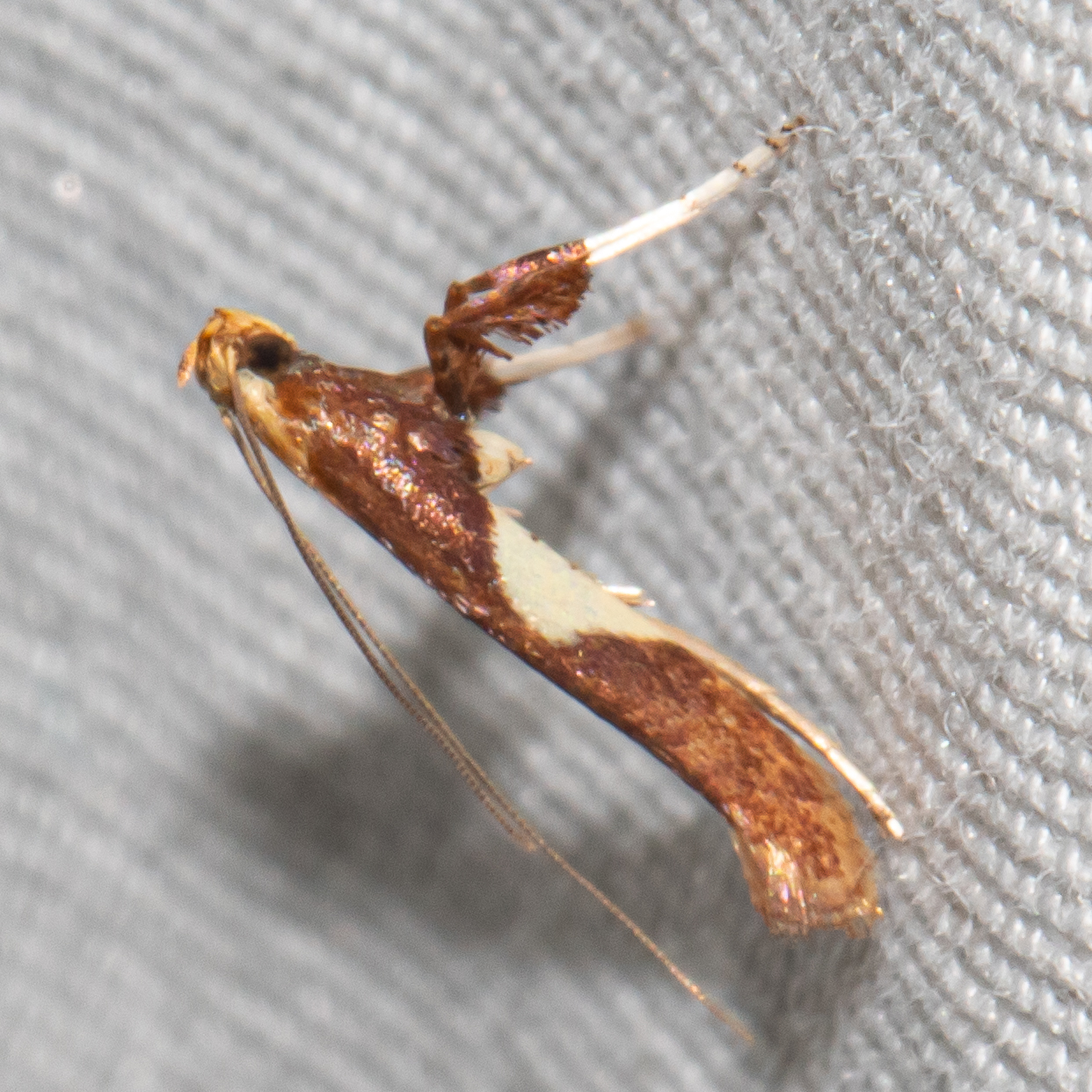Map Snapshot




16 Records
Seasonality Snapshot
Use of media featured on Maryland Biodiversity Project is only permitted with express permission of the photographer.
Caloptilia coroniella in Howard Co., Maryland (8/8/2020). (c) Timothy Reichard, all rights reserved.
View Record Details
Media by
Timothy Reichard.
Caloptilia coroniella in Howard Co., Maryland (7/25/2020). (c) Timothy Reichard, all rights reserved.
View Record Details
Media by
Timothy Reichard.
Caloptilia coroniella in Howard Co., Maryland (8/8/2020). (c) Timothy Reichard, all rights reserved.
View Record Details
Media by
Timothy Reichard.
Caloptilia coroniella in Anne Arundel Co., Maryland (7/8/2016). (c) Timothy Reichard, all rights reserved.
View Record Details
Media by
Timothy Reichard.
Caloptilia coroniella in Anne Arundel Co., Maryland (4/13/2023). (c) Timothy Reichard, all rights reserved.
View Record Details
Media by
Timothy Reichard.
Caloptilia coroniella in Howard Co., Maryland (7/25/2020). (c) Timothy Reichard, all rights reserved.
View Record Details
Media by
Timothy Reichard.
Caloptilia coroniella in Howard Co., Maryland (8/8/2020). (c) Timothy Reichard, all rights reserved.
View Record Details
Media by
Timothy Reichard.
Caloptilia coroniella in Anne Arundel Co., Maryland (4/13/2023). (c) Timothy Reichard, all rights reserved.
View Record Details
Media by
Timothy Reichard.
Source: Wikipedia
| Caloptilia coroniella | |
|---|---|
| Scientific classification | |
| Domain: | Eukaryota |
| Kingdom: | Animalia |
| Phylum: | Arthropoda |
| Class: | Insecta |
| Order: | Lepidoptera |
| Family: | Gracillariidae |
| Genus: | Caloptilia |
| Species: | C. coroniella
|
| Binomial name | |
| Caloptilia coroniella (Clemens, 1864)
| |
Caloptilia coroniella is a moth of the family Gracillariidae. It is known from Canada (Québec and Nova Scotia) and the United States (Maryland, Pennsylvania, Maine, Michigan, Connecticut, Vermont and Illinois).[1]
The larvae feed on Betula species, including Betula nana, Betula papyrifera, Betula populifolia and Betula pubescens. They mine the leaves of their host plant.
References
[edit]







